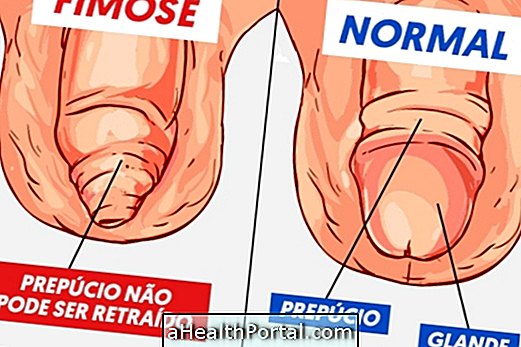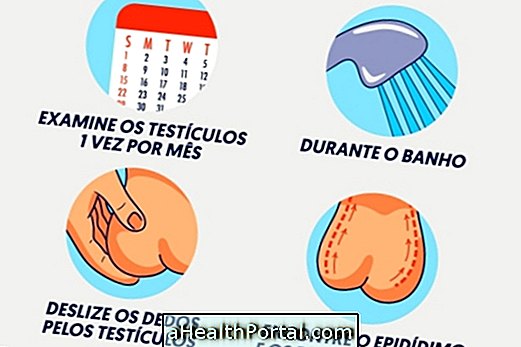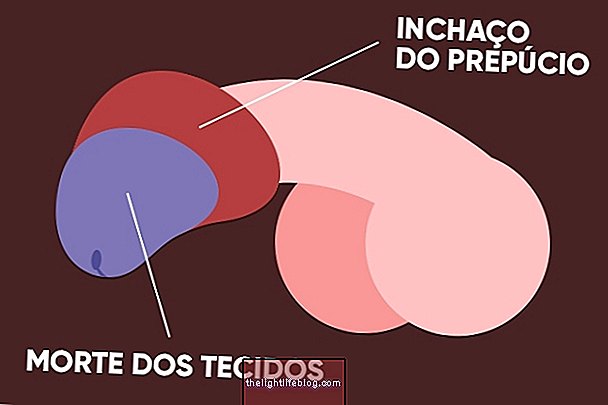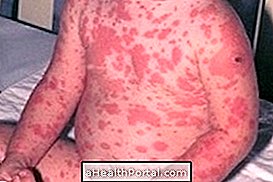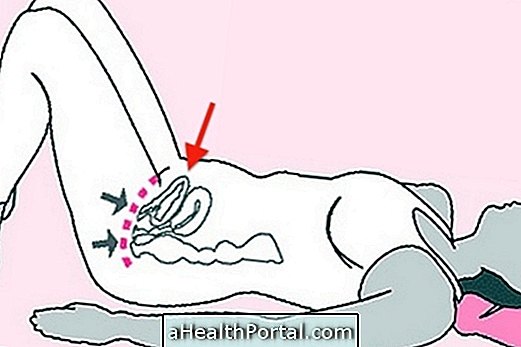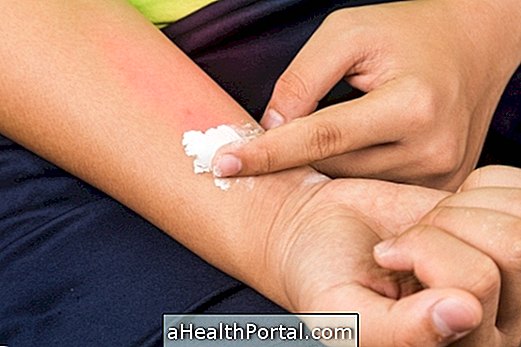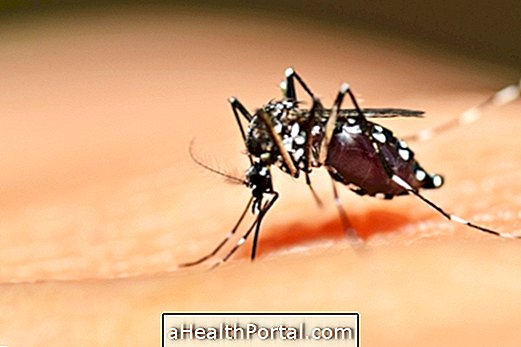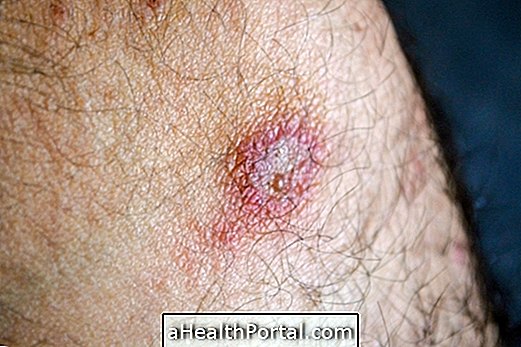The lumps in the penis, often pimple-like, can appear at any age and, in most cases, are related to benign problems such as pearly papules or granules of Fordyce, for example.
However, as they are a change in the image of the penis, they can cause anxiety in the man because they think they can be a sign of cancer. Although cancer is a very rare condition, it can also cause this type of symptom and so it is important to consult the urologist to identify the correct problem and start treatment.

1. Pearly Papules
These papules, also known as Tyson's glands, are tiny white, pimple-like balls that may appear beneath the head of the penis and are often confused with genital warts.
How to treat : usually no treatment is needed, but if the papules cause a major change in the penile image, the urologist may recommend cryotherapy or cauterization treatments in the office. See image that may indicate these Tyson glands.
2. Fordyce Beads
Fordyce granules are a very common and benign change that causes the appearance of small white balls in the head or body of the penis and are not related to any type of sexually transmitted disease. Although they are more frequent during adolescence due to hormonal changes, they can appear at any age.
How to treat : The treatment is done only for aesthetic reasons and may include various techniques like the use of tretinoin gel, prescribed by the urologist, or use of laser to eliminate the granules. Often, you can not completely eliminate this type of change. See more on how to handle Fordyce beads.
3. Genital warts
Genital warts are caused by an HPV infection that causes changes in the skin of the penis, which maintains the coloration of the affected area but which are rough and rough to the touch, being similar to the upper region of the cauliflower. These warts can vary greatly in size, but do not usually hurt.
How to treat : When there are symptoms, ointments, such as Podofylline, prescribed by the urologist, can be used to eliminate the warts. However, it is common for warts to recur, as it takes several years for the body to kill the virus. Learn more details of HPV treatment in man.

4. Lymphocele
This is a type of hard lump that can appear on the body of the penis, especially after sexual contact or masturbation. It happens when the lymphatic system is unable to remove liquids from the penis due to swelling of the erection, which close the lymphatic pathways. The lymphocele usually disappears a few minutes or hours after it appears.
How to treat : It is a benign change that goes away on its own and therefore does not need any kind of medical treatment. However, doing a massage on the lump can help drain the liquid faster. If the lump does not disappear after several hours, consult the urologist to identify the cause and start treatment.
5. Flat Lichen
Lichen planus is an inflammation of the skin that can affect the penis and which causes small balls, pimples or red lumps to heal. There is no known cause for this problem, but it usually goes away on its own after a few weeks, and can recur several times over time.
How to treat : The treatment only helps reduce symptoms and is done with the use of antihistamines, such as diphenhydramine or hydroxyzine, as well as corticosteroid ointments, for example. Learn more about lichen planus.
6. Peyronie's disease
Peyronie's disease does not have a specific cause, but is responsible for causing the development of hard plaques on the body of the penis, which can manifest as hard lumps on one side of the penis. In addition, the appearance of other symptoms such as painful erection or bending of the penis is still common.
How to treat : The urologist may use injections of Colagenase or Verapamil directly into the lump to reduce the fibrosis process that is causing it to grow, but in most cases surgery is needed to correct the changes. Know all treatment options for this disease.
7. Penis cancer
This is one of the rarer types of cancer, but it can also cause the appearance of lumps or wounds, especially on the head of the penis. This type of cancer is more common in men over 60 years or who are smokers and do not present adequate hygiene of the region.
How to treat : Treatment is almost always started with surgery to remove as many cancer cells as possible, followed by chemotherapy or radiation therapy. In more severe cases, it may be necessary to remove the penis to prevent the cancer from spreading to the body. Check out the other signs of penile cancer and how it is treated.
